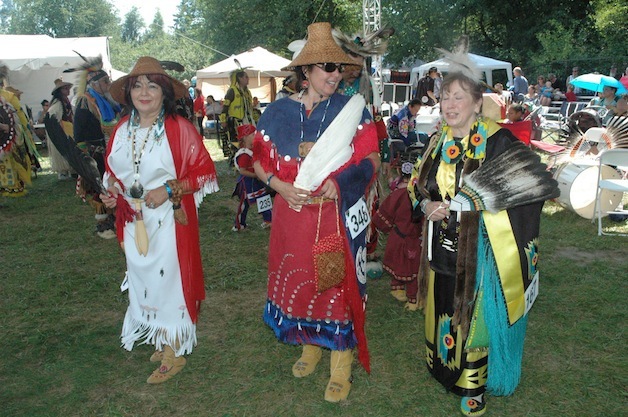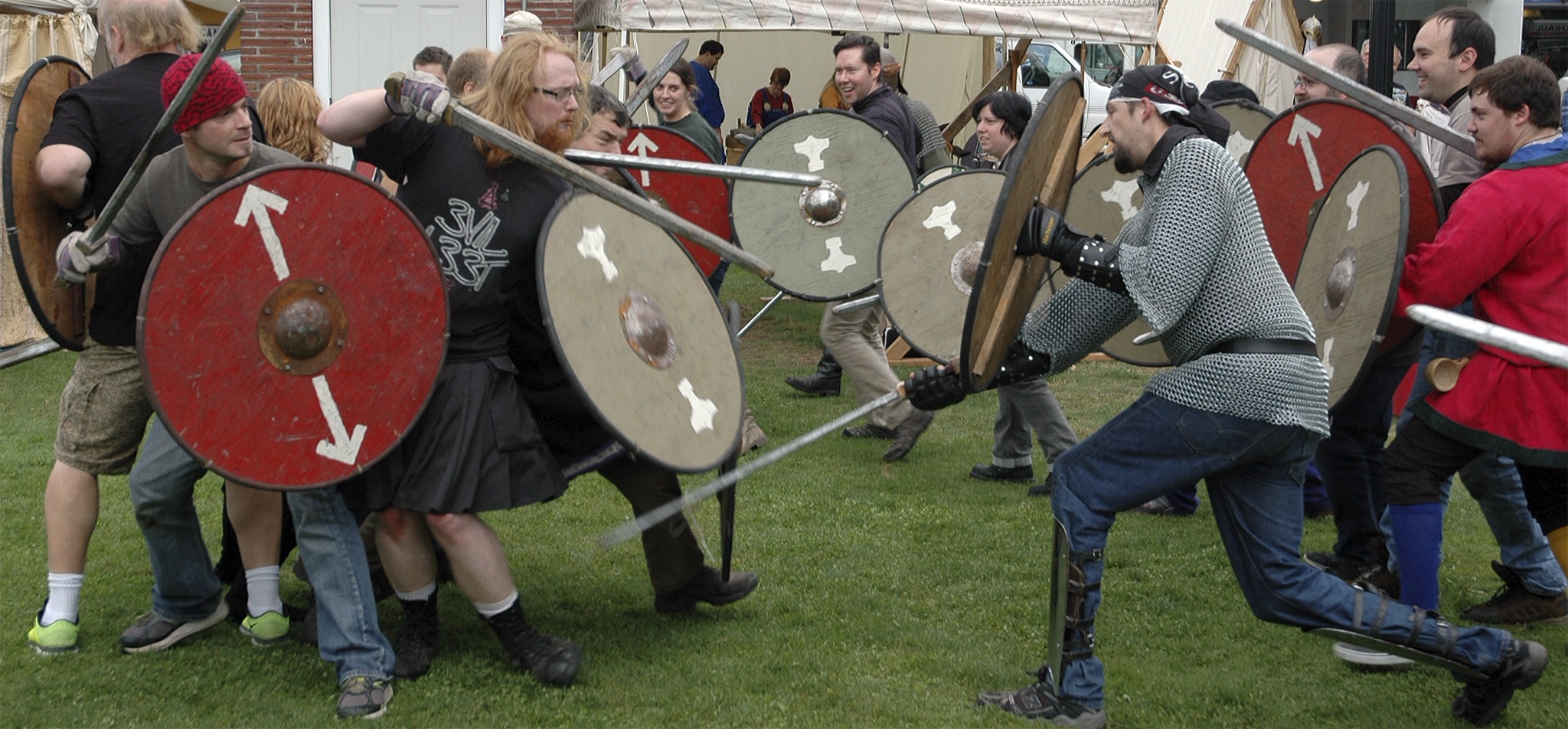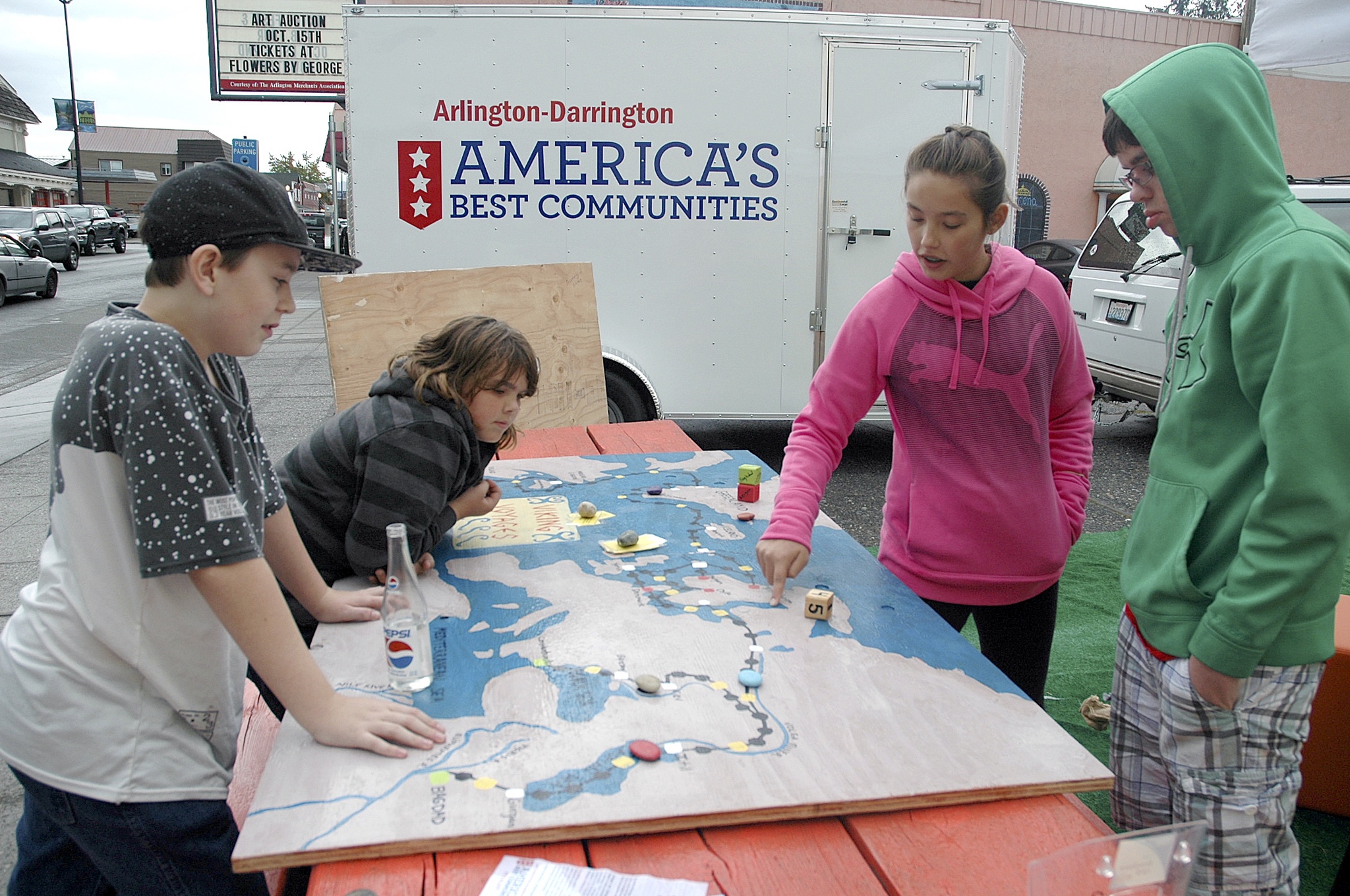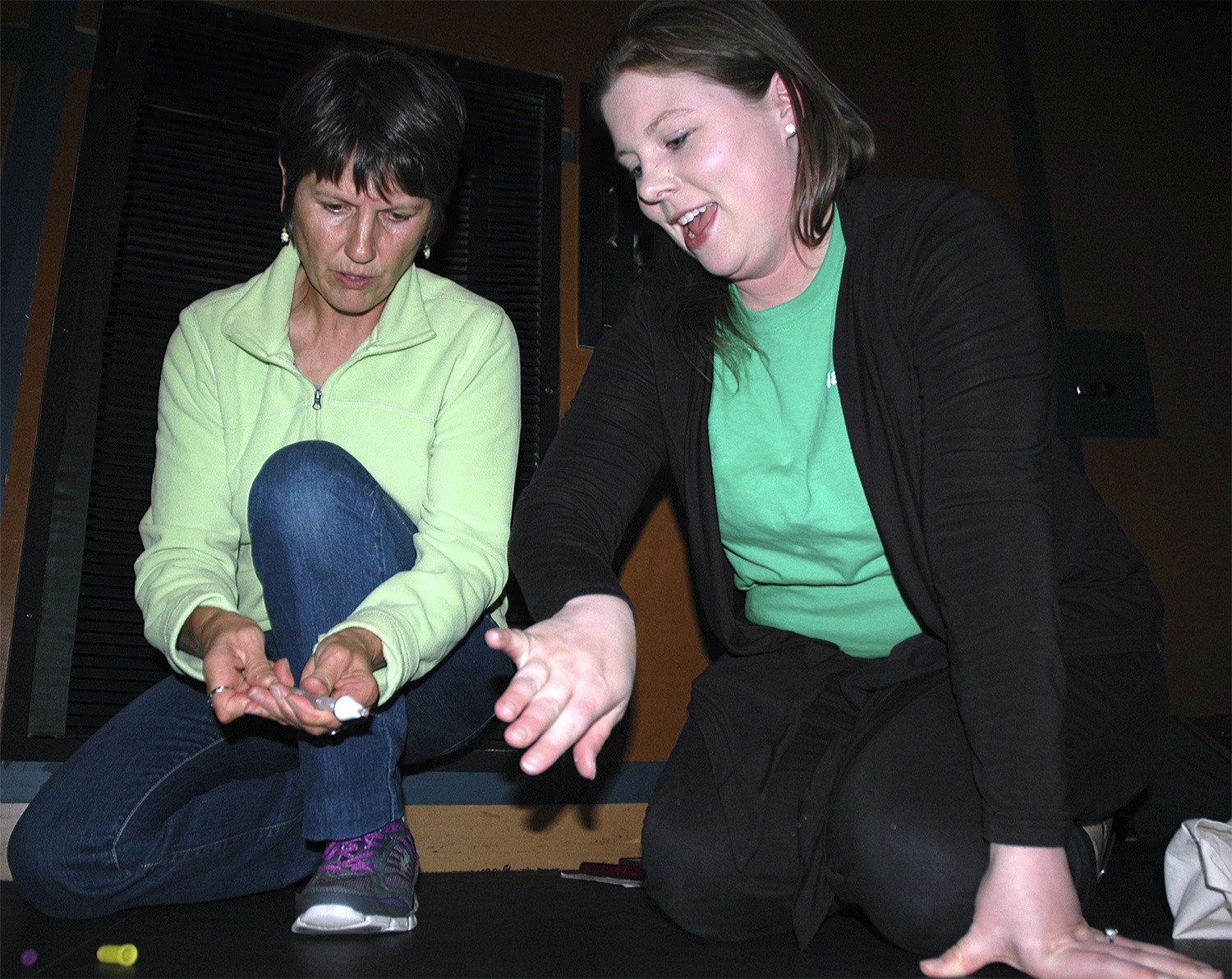ARLINGTON — The 24th annual Stillaguamish Festival of the River and Pow Wow was shorter by one day this year, but the line of backed-up cars leading to River Meadows County Park was certainly no shorter on either Saturday, Aug. 10, or Sunday, Aug. 11, as participating educators declared the unique reorganization of the grounds’ layout to be a success.
Festival coordinator Tamara Neuffer — who also serves as the education and outreach coordinator for the Stillaguamish Tribe of Indians, which presents the festival and pow wow — explained that the educational and vendor booths were not placed in separate areas this year, but intermixed along lines intended to mimic the Stillaguamish River and its tributaries, a strategy which was met with the approval of Bill Blake, stormwater manager for the city of Arlington, and Stephanie Leeper, volunteer member coordinator for Sound Salmon Solutions, both of whom were on site to help represent their respective organizations during the two-day festival.
“I loved the new layout, and of course, we always enjoy the festival,” said Leeper, who noted that Sound Salmon Solutions debuted a new outreach program for families at this year’s festival, in which children cast their lines into a wading pool full of laminated fish. “Each fish had a fact or question attached to it, and parents were encouraged to help their kids identify each type of fish. It was a great audience draw, that let us talk to crowds about who we are and what we do. Many people are still surprised at all the important roles that trees play in the ecosystem, from erosion control to providing shade for the macroinvertebrates that juvenile salmon feed on, which is why one of the main missions of our organization is to plant trees along riverbanks.”
While Sound Salmon Solutions passed out information about volunteering to more than 50 festival-goers, representatives of the city of Arlington were emphasizing the importance of water conservation and appreciating an increased level of foot traffic from what they’d seen in previous years.
“We just want people to manage water appropriately, so we won’t have to find new sources of it,” said Blake, who also promoted the Old Town Stormwater Wetlands Park and Eagle Trail as an area recreational destination where people can see reclaimed wildlife habitat and learn about the city’s environmentally friendly stormwater treatment systems. “Because the festival interspersed the educational and vendor booths, we had a lot more people come by and engage us in conversations. I’ve been coming to this festival for 21 years, and it was a busier crowd in the afternoons by an order of magnitude.”
Blake was heartened not only by the numbers of festival attendees who visited his own and other educational booths, but also by where many of them had come from.
“I saw a lot more local people this year,” Blake said. “In years past, we’ve seen more people from Seattle and elsewhere in the Puget Sound area. It’s nice when people know about and are able to enjoy what’s available to them in their own backyards.”
The pow wow continued to draw a regionally diverse collection of participants, which this year included the Yellow Bird Indian Dancers and the Joyas Mestizas Hispanic dance troupe.
“We must have been coming here at least 20 years,” said Sharon Akers, of the Omaha Tribe in Bellingham, whose husband Ralph remembers when the pow wow took place on the other side of the river. “This pow wow is like a family by now. We’ve witnessed at each other’s events and made regalia for each other. We support the more traditional, old-style gatherings. It’s a way of life for us. We’re a pow wow people.”








